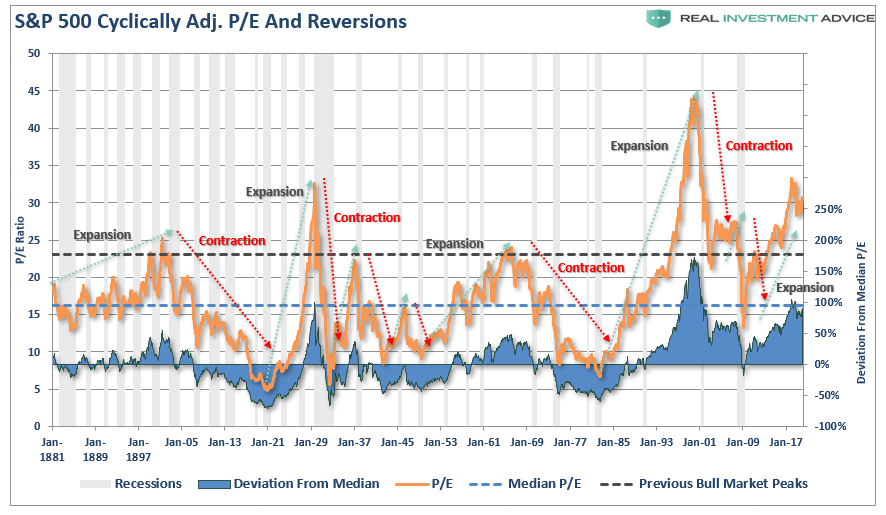


This example comes from Robert Jarrow, one of the co-authors of the paper along with Sujan Lamichhane: Consider a piece of modern art. One analogy, in a different context, might help to clarify the distinction between price and fundamental value. As such, any method used to identify bubbles needs to find a way to estimate the stock's fundamental value. While the price of a stock is something that we can observe on the market and we can all agree upon, we do not observe the fundamental value of a stock.

The academic view is to define a bubble as the difference between the price of an asset and its fundamental value.įrom this definition, one can already see where the problem lies when trying to detect a bubble. This is a very important question because different people might have different notions of what constitutes a bubble. The paper, "Testing for Asset Price Bubbles Using Options Data," was written by Fusari, Robert Jarrow of Cornell University, and Sujan Lamichhane, a postdoctoral fellow in finance at the Johns Hopkins Carey Business School. Fusari, an expert on theoretical and empirical asset pricing, discusses the study and its findings in the following Q&A.


 0 kommentar(er)
0 kommentar(er)
